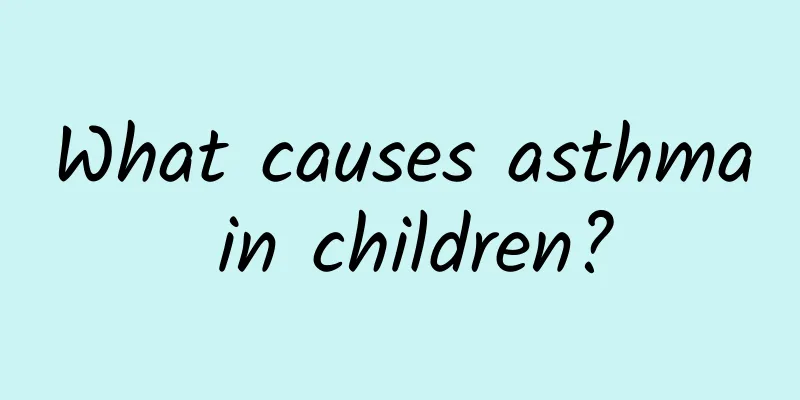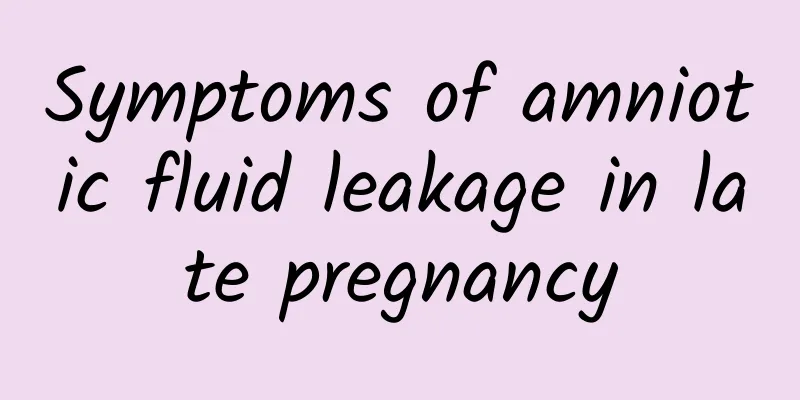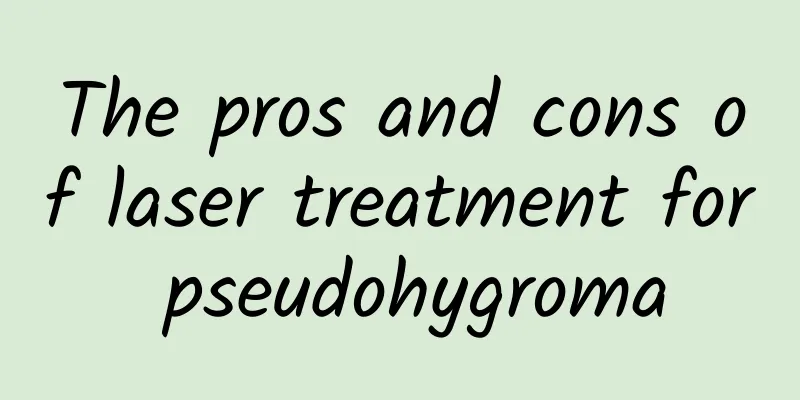What causes asthma in children?

|
Bronchitis is associated with colds, inflammation, irritation, phlegm and coughing, and more asthma. The onset of asthma in children may vary according to age and from different causes. Asthma in children is mainly caused by inhaled allergens and the onset is more urgent. What causes asthma in children? When asthma starts, the main symptom is an irritating dry cough, followed by wheezing symptoms, which are different. Treatment takes some time and it is impossible to return to normal immediately, but you can take some Chinese medicine, which is very effective. Causes The prevalence of asthma around the world ranges from 0.1% to 32%. The reasons may be related to genetic genes, age, geographical location, climate, environment, race, industrialization, urbanization, interior decoration, living standards, eating habits, etc. Clinical manifestations The onset may be acute or slow. Infants and young children often have 1 to 2 days of upper respiratory tract allergy symptoms before the onset of asthma, including nasal itching, sneezing, clear runny nose, rubbing nose, etc., and gradually develop coughing and wheezing. In older children, the onset of the disease is often sudden, often starting with a coughing fit, followed by wheezing, difficulty breathing, etc. 1. Symptoms and signs during acute attack The main symptoms of an acute asthma attack include coughing, wheezing, difficulty breathing, chest tightness, etc. The typical presentation is episodic expiratory dyspnea with wheezing. In mild attacks, paroxysmal cough and chest tightness are the main symptoms. During a severe attack, the child becomes restless, sits up to breathe, shrugs and gasps, has a pale face, flaring nostrils, blue lips and nails, cold sweats all over the body, and cannot speak coherent words. The "three-depression sign" is obvious, with abnormal chest and abdominal movements, thorax bulging, percussion sound is too clear, exhalation is prolonged, and most have widespread wheezing mainly in the expiratory phase. If the airway obstruction is severe, the breath sounds may be significantly weakened, while the wheezing sounds may weaken or even disappear. The heart rate increases, and signs such as distended neck veins and pulsus paradoxus may appear. In severe cases, heart failure may occur, resulting in widespread medium and small bubbling sounds at the lung bases, enlarged liver, and edema. The symptoms of an acute asthma attack can be relieved by treatment with bronchodilators or on their own over a few hours to a few days. 2. Symptoms and signs during remission During the remission period, all symptoms and signs of most children disappear. Some children feel chest tightness and weakened breath sounds when auscultating their lungs, but there is often no wheezing. examine 1. Bronchial provocation test Check the airway responsiveness of the child. Currently, inhaled histamine, acetylcholine, hypertonic saline and other methods are used clinically to stimulate the airway. It is usually expressed as the cumulative inhaled stimulation dose (PD20FEV1) or concentration (PC20FEV1) that causes a 20% decrease in FEV1. 2. Bronchodilator test Reversible airway obstruction is one of the characteristics of asthma, and the bronchodilator test is an examination to evaluate the reversibility of airway obstruction. 3. Peak Expiratory Flow (PEF) Maximum expiratory flow rate variability monitoring includes daily variability and weekly variability monitoring. Calculation of the daily variability requires measurement of PEF between 6 and 8 a.m. and 6 and 8 p.m.; calculation of the weekly variability requires measurement of PEF in the morning and evening every day. A variability rate ≥ 20% is strong evidence in support of asthma. 4. Other auxiliary examinations Pulmonary ventilation function, blood gas analysis, chest X-ray, etc. can help understand the severity of asthma and whether there are complications such as atelectasis, pneumothorax or mediastinal emphysema. Skin allergen tests and serum total IgE and specific IgE testing also have auxiliary diagnostic significance. |
<<: Are pubic lice the same as lice?
>>: What is the nature of asthma?
Recommend
What are the effects and functions of Cuscuta?
In our lives, there are many Chinese medicinal ma...
Does Maca irritate the stomach?
Maca is a food with very rich nutritional value. ...
What are the effects of chasing wind fruit
Many people don’t know much about the food Chasin...
Color changes of lochia during childbirth
It is well known that women will have lochia disc...
Anemic leukoplakia
Vitiligo is still a relatively common symptom now...
What is the pain on the left side of the head?
The brain is one of the most important organs in ...
The role of bile
"肝胆相照" is an idiom, which shows that th...
What are the effects and functions of Kaempferia galanga
Most people may not have heard of galangal. In fa...
What are the effects and functions of Five Elements Grass?
Everyone knows about Wuxingcao. Wuxingcao itself ...
How to treat gastric mucosal damage?
The function of the stomach and intestines is one...
How to treat tracheitis with traditional Chinese medicine
Tracheitis is generally caused by bacterial and v...
Anti-tumor Chinese herbal medicine
Some Chinese herbal medicines are quite effective...
What causes yellow urine?
Yellow urine is quite common in our daily life, a...
Gingival flap surgery
Gingival flap surgery is a relatively common meth...
What are the symptoms of aplastic anemia?
Aplastic anemia is a common clinical disease. It ...









